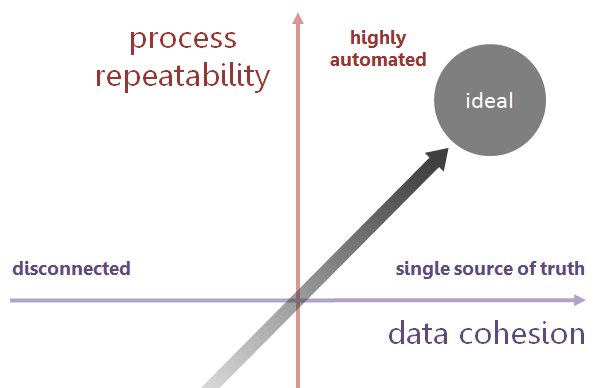Autodesk Revit Integration with Aras Innovator - Japanese Version
/This video presentation provides an overview of vdR’s Integration between Autodesk Revit and Aras Innovator. This Revit to Aras integration highlights the various triggers and transaction templates available in the integration and illustrates the powerful business use case for pursuing tighter BIM and PLM integration.
This presentation has Japanese narration over English slides. A full English language version of the presentation will be available soon.
To learn more about Revit and Autodesk’s Suite of Industry solutions visit: https://www.autodesk.com/industry








